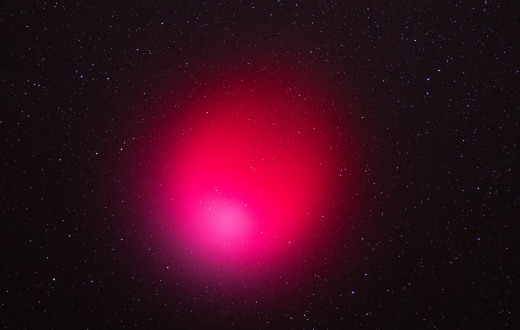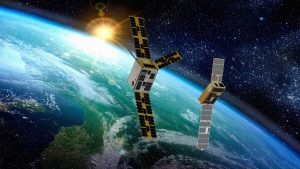SpaceX Auroras: Scientists Are Concerned About New Phenomenon Caused By SpaceX Rockets
29th Nov 2023
A new occurrence in the nighttime celestial expanse has emerged. The researchers have already named this phenomenon “SpaceX auroras.”
What are the SpaceX auroras?
These objects exhibit a red hue and possess a roughly spherical shape. Usually, they can be observed without the aid of optical devices for up to 10 minutes. Stephen Hummel from the McDonald Observatory in Texas has documented 2 to 5 occurrences of these phenomena each month.
The initial lightning of these SpaceX de-orbit burns was recorded above the McDonald Observatory in February 2023. The last example was captured on 3 November.
Why do SpaceX auroras appear?
These luminous crimson orbs result from the ignition of SpaceX rockets’ engines within the ionosphere. They are not the same as natural auroras. This occurrence is linked to a previous report about Falcon 9 rockets from earlier this year.
When these rockets launch from Earth, they can create a gap in the ionosphere, which is a layer of charged gas around our planet. This layer is vital for certain radio communication and can impact GPS signal quality. The water in the rocket’s exhaust can reduce local ionization by up to 70%, essentially erasing the ionosphere along the rocket’s route. Due to chemical reactions, these gaps in the ionosphere produce a red glow at a wavelength of 630 nm.
“SpaceX auroras” are essentially the same phenomenon. But instead of being triggered by rockets ascending into the sky, these events occur when rockets, particularly the second stage of the Falcon 9 rocket, use their engines to descend and re-enter the Earth’s atmosphere. In this process, the burning engines create an ionospheric hole as the rocket descends, giving rise to a distinctive visual display.
How do the SpaceX auroras influence the Earth observation?
Hummel notes that the occurrence of these red clouds may rise as SpaceX intensifies its launch activities in the future. The influence of these clouds on astronomical research is currently under examination. While the interference from Starlink satellites is recognized, the repercussions of the rocket launches are becoming an increasingly scrutinized aspect.






Thank you for your comment! It will be visible on the site after moderation.